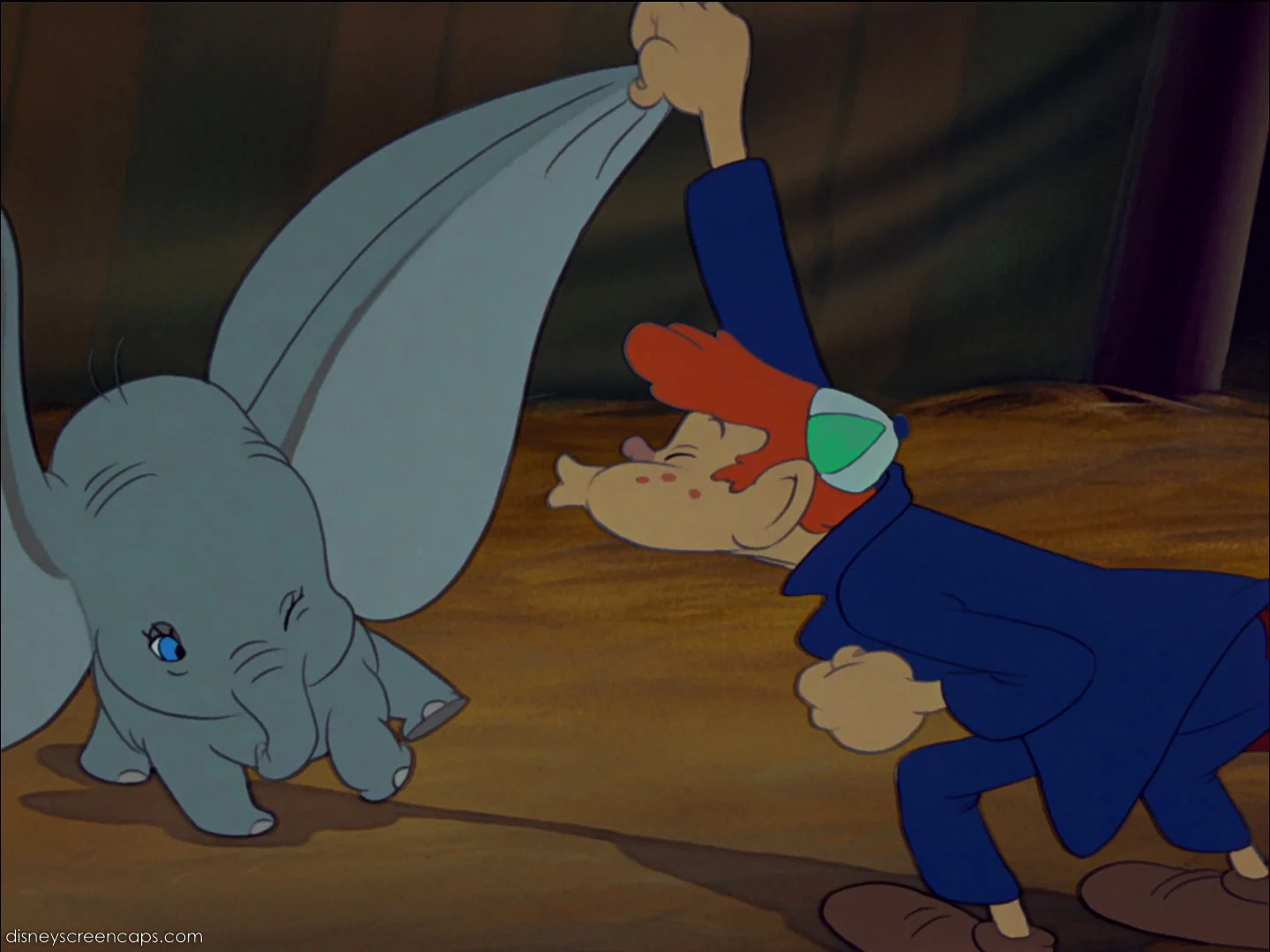The first episode of David Attenborough’s newest series, Dynasties, aired this past Sunday. It followed the fortunes of David, the aging alpha of a Senegal chimpanzee troop. The life of an alpha is not easy; David must constantly fend off challenges from other males that covet his position and the benefits that go along with it (i.e. preferential mating with females in estrus). Clashes for the leadership position are often violent and can have fatal consequences.
The episode condensed two years of footage into one hour. Doubtless there was a lot that was omitted in favour of telling a compelling story, but David’s intelligence and resilience shine through. As an aging leader, David strategically hid his weaknesses and formed alliances with older non-threatening males.
In contrast to this strategizing, David’s younger would-be usurpers were more overtly physical in their quest to become alpha. One young male, Jumkin, was shown bullying an elderly female. Another young male, Luthor, spent weeks violently throwing rocks during David’s absence (the BBC filming crew feared for their safety during these intimidating displays).
Ultimately, David recovered the leadership position, giving viewers a seemingly happy ending. However, since the conclusion of filming, BBC reports that David was killed by a coalition led by Jumkin and Luthor, and Jumkin has now become the alpha of the troop. Dr. Jill Pruetz, the anthropologist that studies the troop, reports that David was quite aggressive, and this is why he was able to defend his position for so long. Perhaps this is also why he met a violent end, since other males that survive to old age do so by relinquishing power and submitting when they are past their prime.
At any rate, I think the instructive part of the episode was David’s apparent skill at fostering alliances with the older males. Under Jumkin’s rule, the chimpanzee troop has been less stable and cohesive; the group doesn’t pay him the same level of respect as they did to David. It would seem that effective leadership demands more than being the biggest and loudest bully.
Frans De Waal has studied and written extensively about chimpanzee politics and many of his findings are instructive and applicable to human situations. In the following TedTalk on alphas, he notes that effective chimpanzee leaders must project strength, but they also have the ability to foster troop unity, play peacemaker, and they frequently stand up for the weak and the vulnerable, displaying high levels of empathy. Perhaps some of our leaders could learn a thing or two from these chimpanzees.





